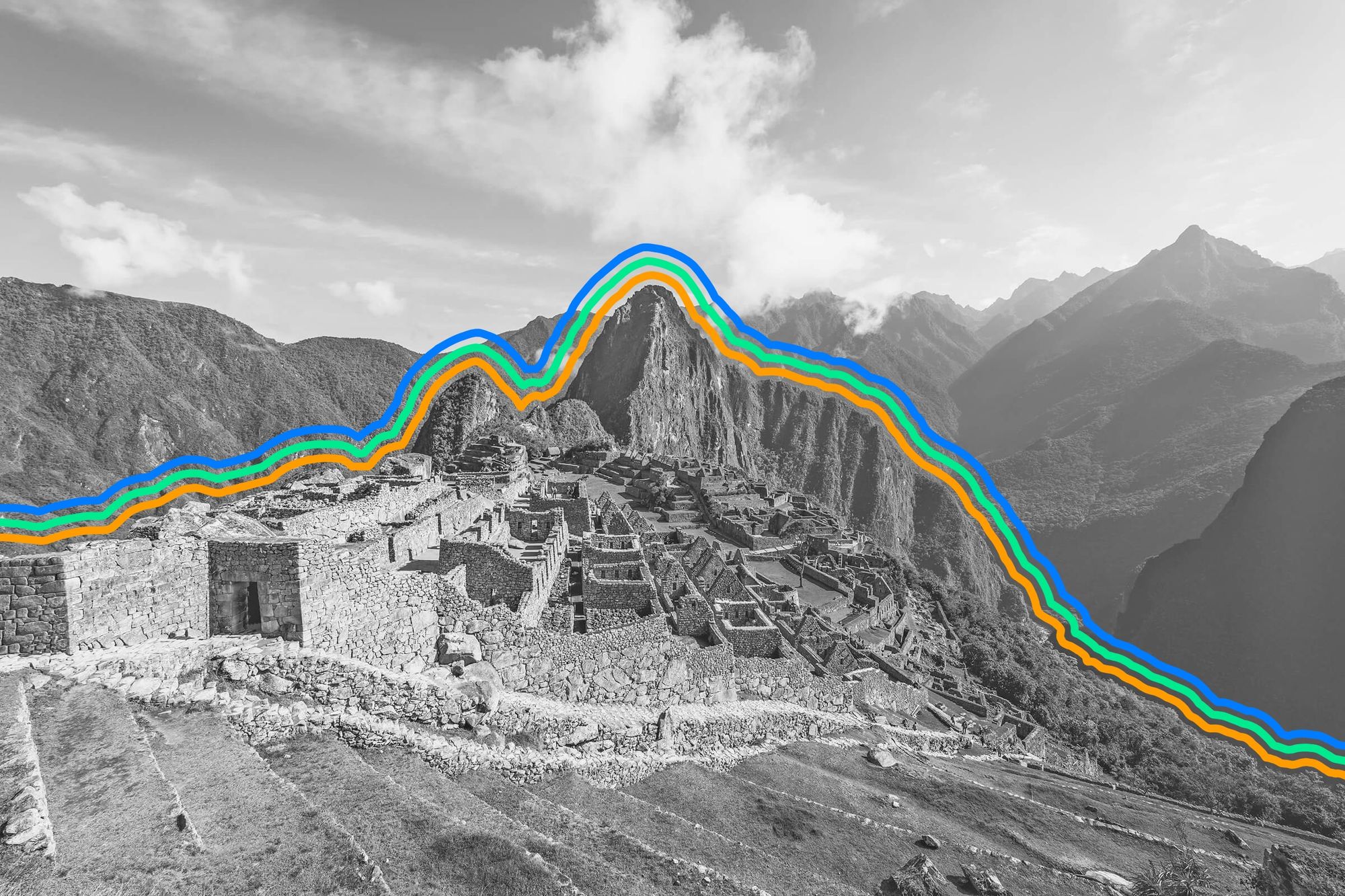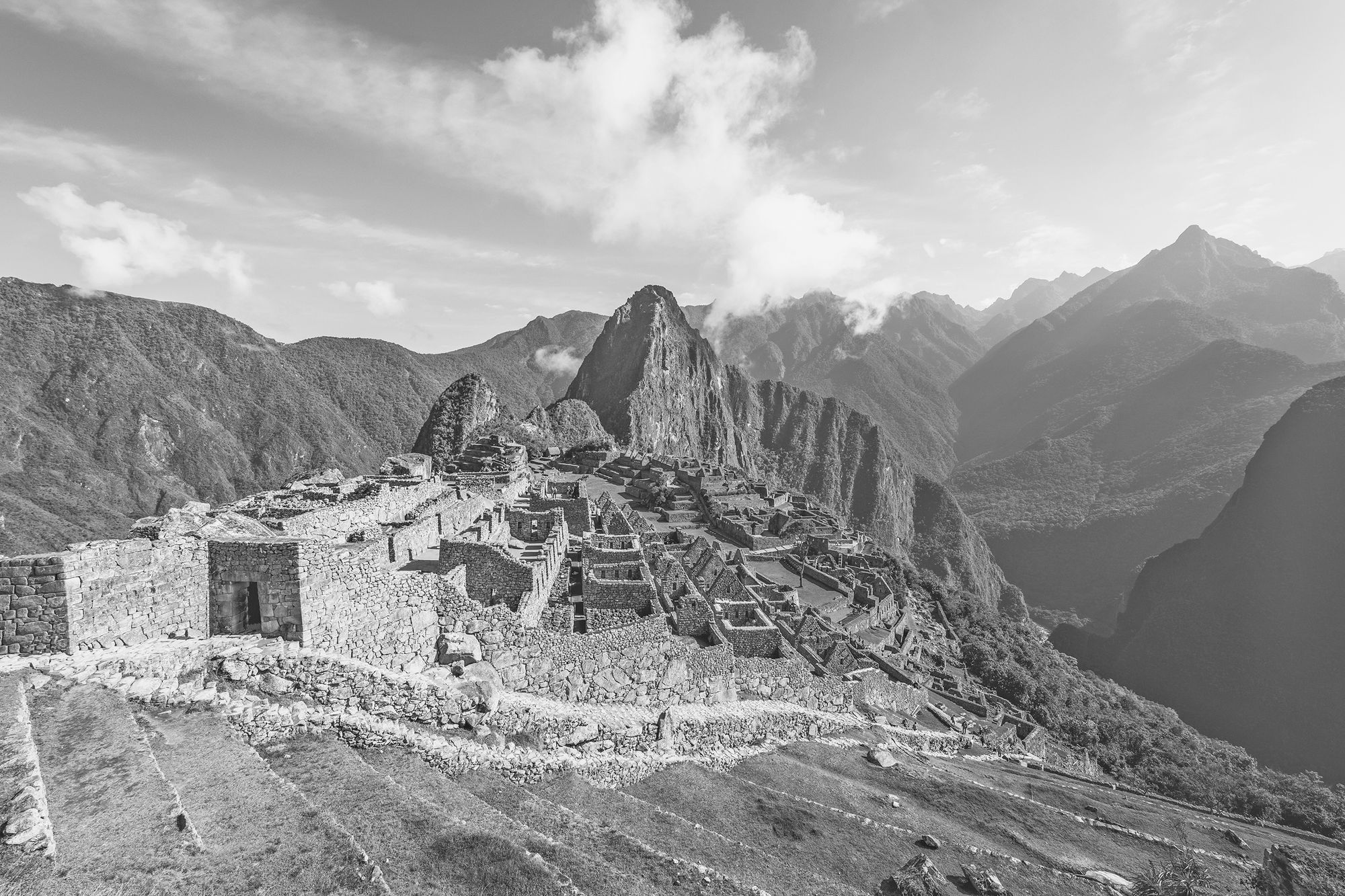
Original photo by tobiasjo/ iStock
The Inca Empire was a powerful pre-Columbian civilization that stretched for thousands of miles, once covering almost the entire west coast of South America. Machu Picchu is probably their most famous achievement, but there is much more to the Inca Empire than some ruins on a mountain. Here are five incredible facts about the Inca Empire.
 Credit: tobiasjo/ iStock
Credit: tobiasjo/ iStock
The Incas didn’t have a writing system, so it’s hard to determine when the empire officially started. However, it’s often said to have reached its prime between 1400 and 1533 CE. The Incas built a strong central government and a massive military that was sustained by taxes (more on those below). By 1471, the empire stretched for more than 3,400 miles, from the border between modern Ecuador and Colombia to about 50 miles south of what’s now Santiago, Chile. It was the largest empire in the world at the time, including European nations, and consisted of 10 million people ruled by 40,000 Incas.

Although they never had access to the wheel, the Incas built a vast network of roads that stretched for more than 25,000 miles. These roads were primarily used for trade, military operations, and quickly sending messages across the huge empire. Llamas were one of the Incas’ most important assets; these fuzzy beasts of burden were used as pack animals to carry goods and supplies. The roads also included small or large rest stops every couple of miles, so that travelers could take a break or spend the night during long treks. Many of the roads and rest stations still exist.
 Credit: Borislav Marinic/ Alamy Stock Photo
Credit: Borislav Marinic/ Alamy Stock Photo
Because their empire was so large and intricate, the Incas had to come up with a way to quickly and efficiently spread messages throughout the land. Chaski were the postal carriers of the Inca Empire. They were trained runners who could collectively cover up to 150 miles per day to deliver a message or goods. The runners worked using a relay system — the first chaski ran 6–9 miles until he reached a small house, called a chaskiwasi, where another runner waited to complete the next leg of the journey. They used the extensive road network and specialized rope bridges to quickly move through the empire. Because there was no written language, each messenger carried a quipu, a unique type of Andean textile that uses a system of knots to record data and information.
 Credit: Eye Ubiquitous/ Universal Images Group via Getty Images
Credit: Eye Ubiquitous/ Universal Images Group via Getty Images
The Incas had a strong centralized government and regularly collected taxes from citizens. Because currency didn’t exist, taxes were collected in the form of food, goods such as precious metals or textiles, and even services. The Inca rulers performed annual censuses to keep track of the population and calculate taxes for a given area.
Foodstuffs were stored in government-owned warehouses to feed the army and to help in times of famine. Those who were not farmers or manufacturers could offer labor in lieu of physical taxes. These workers helped with state-run projects, such as building roads.
 Credit: sunsinger/ Shutterstock
Credit: sunsinger/ Shutterstock
Machu Picchu was built starting in the late 1400s and was an engineering marvel even by today’s standards. Constructed high up in the Andes — 7,800 feet above sea level — the monument consists of over 200 buildings carefully built into the landscape. The precise purpose is unclear; it may have been a royal retreat or served a religious purpose. Unfortunately, the Incas never got the chance to finish it. After Spanish conquistadors landed in South America in the late 1400s, disease wiped out most of the Indigenous population. Machu Picchu was abandoned around 1533. The site was so hard to get to that it wasn’t officially discovered by modern researchers until 1911. Today, the ruins are a protected UNESCO World Heritage Site and open to visitors.

Leave a Reply